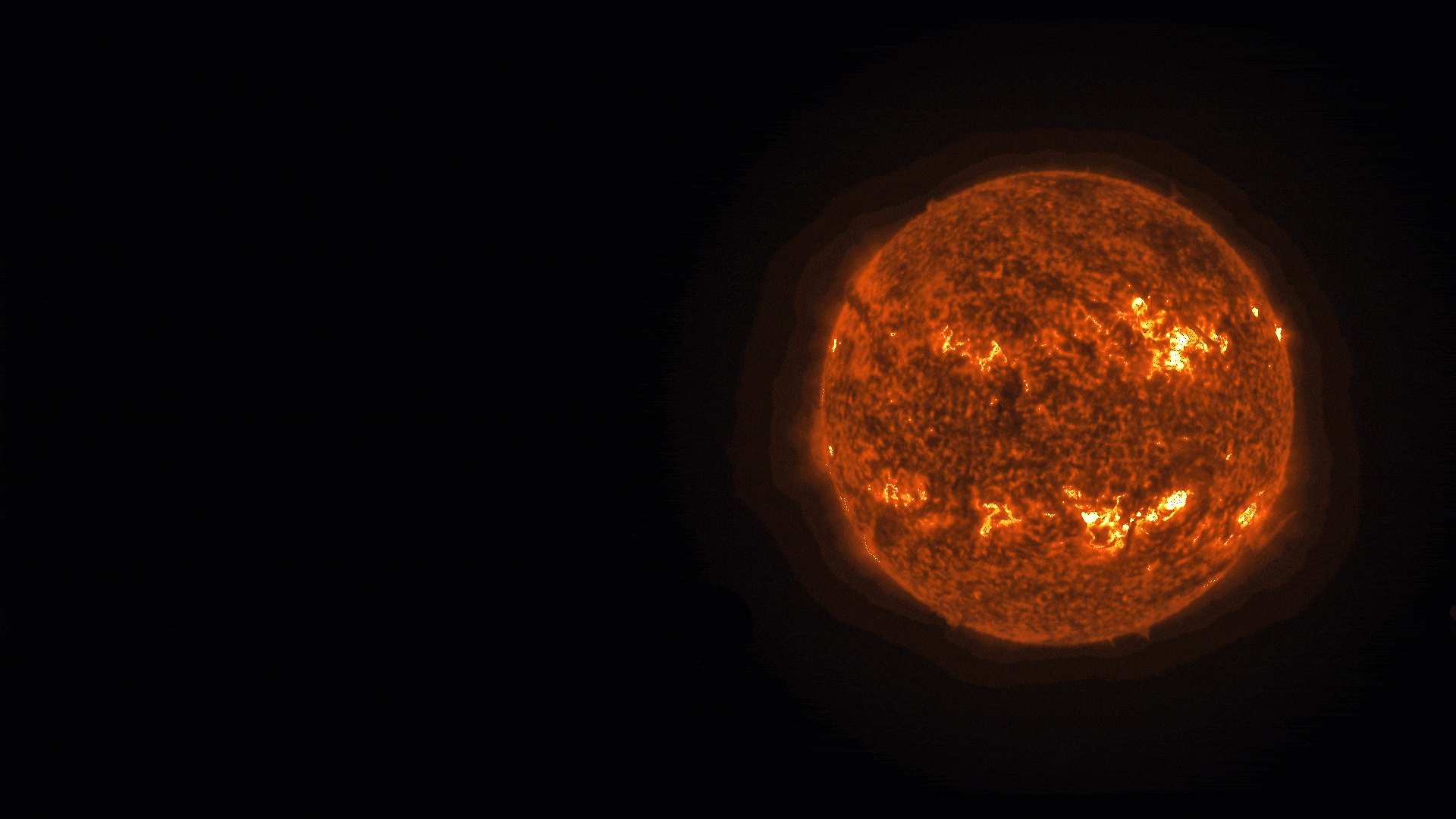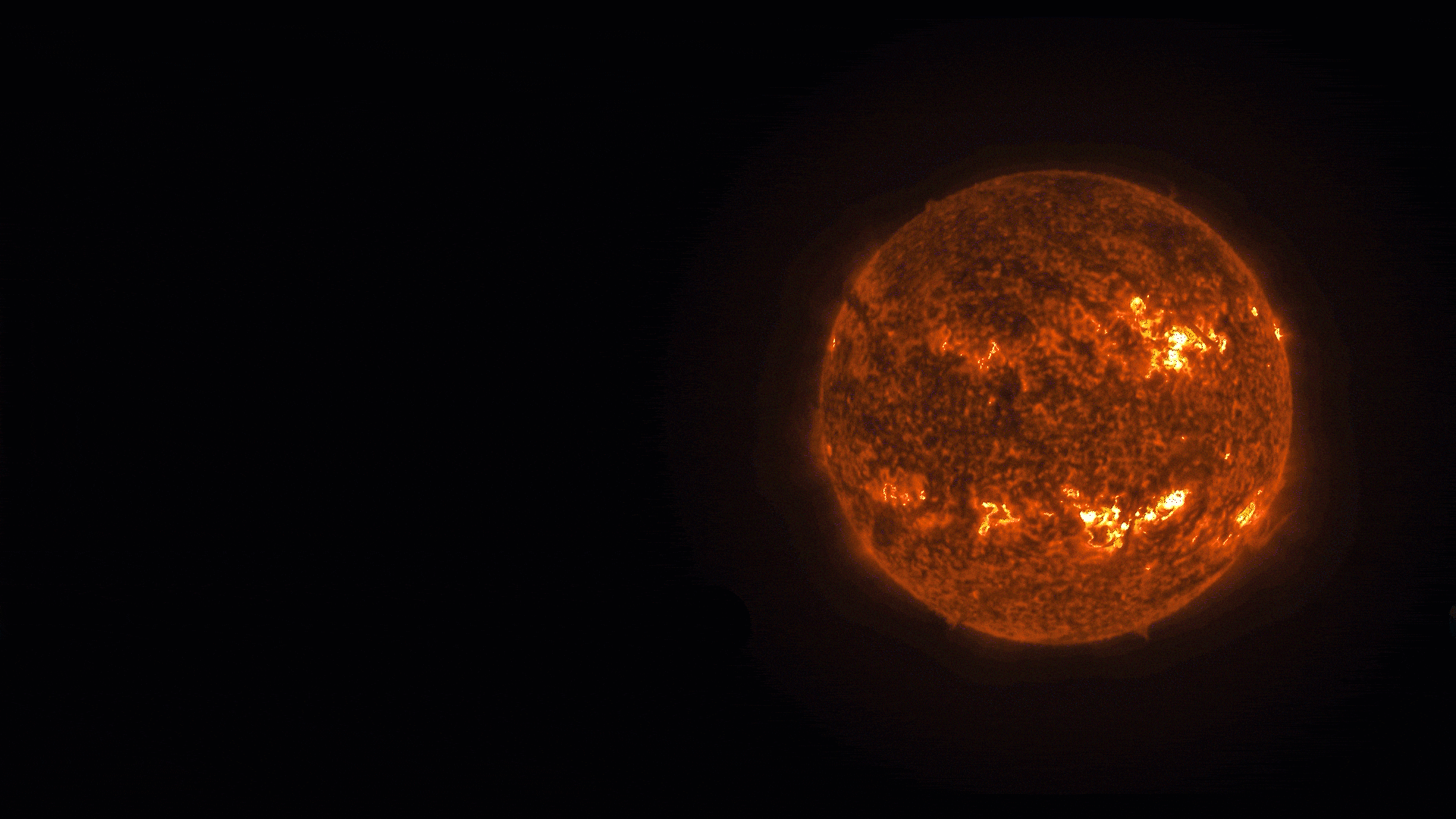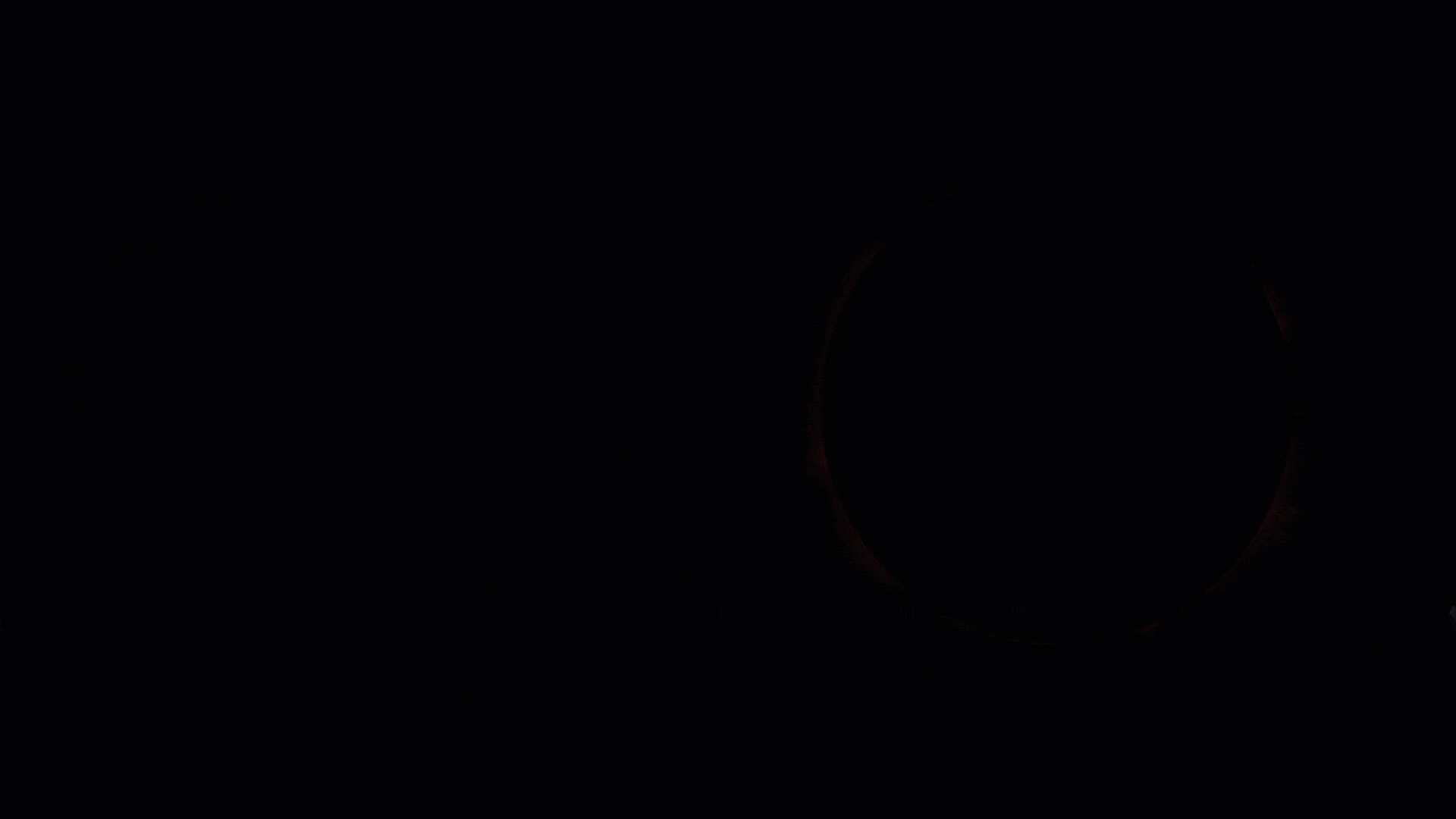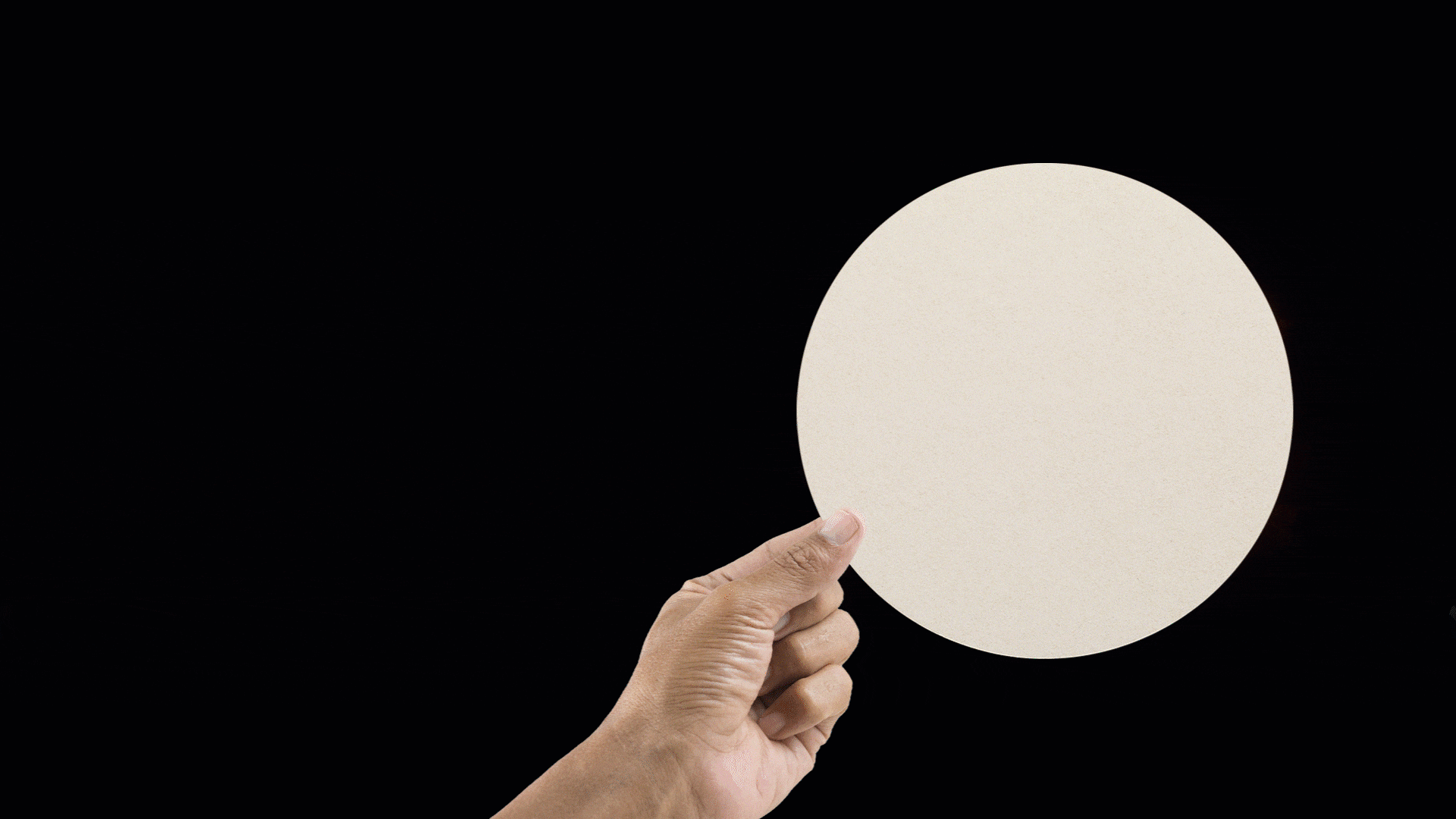Total Solar Eclipse
Nature's Coronagraph
In the seemingly empty space between celestial objects in our solar system, there exists subatomic matter ejected from the Sun, akin to wind moving gasses on Earth. Solar wind is a continuous stream of charged particles emitted from the Sun's corona at high speeds. Solar flares and coronal mass ejections from the corona can disrupt Earth's satellites, power grids, and electronics, posing risks to space travelers.
Solar wind is the continual flow of charged particles, such as electrons and protons, that stream off the Sun’s outermost atmosphere. Solar wind leaves the sun and travels through space at roughly one million miles per hour.
When massive amounts of solar particles and radiation erupt from the Sun in the form of solar flares and coronal mass ejections, they can affect us here on Earth in a variety of ways if we happen to be in their path.
For example, they can cause disruptions to our satellites, power grids and electronic technologies, and can also be dangerous for astronauts in space.
Solar eclipses occur when the Moon passes between the Sun and the Earth, causing the Moon to cast a shadow on a portion of the Earth’s surface.
The corona is not normally visible due to the Sun’s overpoweringly bright light.
However, during a total solar eclipse, the Moon aligns perfectly with the Sun and covers the entire solar disk, resulting in a momentary darkening of the sky. As a result, the corona becomes visible as a halo of glowing plasma encircling the Moon.
The path along which a total solar eclipse can be observed from Earth is relatively narrow, known as the path of totality. Observers outside this path will experience a partial solar eclipse. The duration of totality varies but typically lasts for a few minutes.
The Sun's corona is composed of thin plasma streams that emanate from its surface, remaining hidden due to the Sun's intense brightness. Despite being hotter than the Sun's surface, the corona's wispy nature makes it hard to see. It extends far into space and gives rise to high-speed charged particles known as solar wind, which escape the Sun's gravitational pull. Studying the corona provides insights into the Sun's magnetic fields, plasma activity, and related phenomena, enhancing our comprehension of solar activity, space weather prediction, and the Sun's overall behavior.
Since the Sun is too bright to see the corona, how can scientists study it when there isn’t an eclipse?
The answer is by using an instrument called a coronagraph.
As the corona is obscured by the Sun's brilliance, scientists use a coronagraph to investigate it when there's no eclipse. A coronagraph mimics the conditions of a total solar eclipse, effectively creating an artificial eclipse. By incorporating a circular mask within a telescope, it blocks most of the Sun's intense light, allowing the observation of the corona's fainter structures. These coronagraphic observations are possible at any time and are independent of natural eclipses, facilitating ongoing research into the Sun's corona and its behavior. This approach enables continuous monitoring of the Sun's activity, aiding in identifying any potential impacts on Earth.
This is how we observe the Sun 24/7 for anything that might affect the Earth.
Space Weather Resources
- Solar Activity
- Space Weather Follow On Program
- A Media Primer for the Solar Cycle
- Space Weather B-Roll





